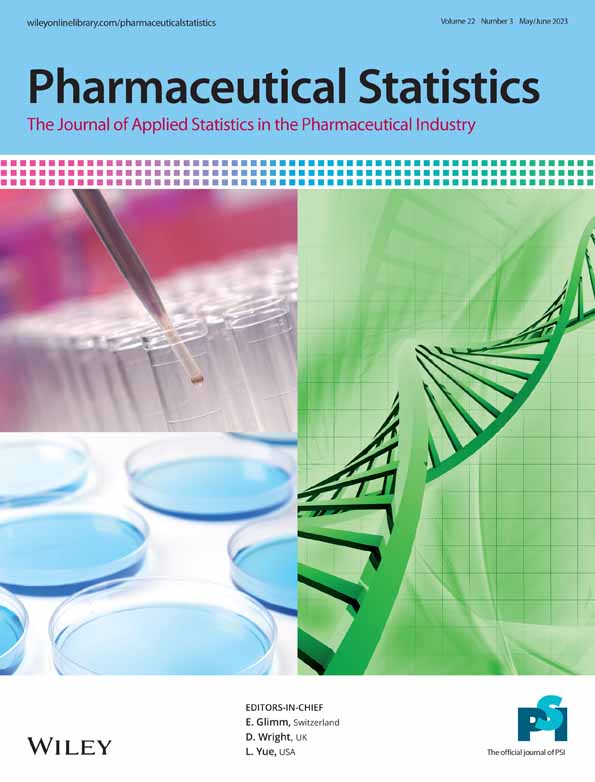Principled leveraging of external data in the evaluation of diagnostic devices via the propensity score-integrated composite likelihood approach
Abstract
In the area of diagnostics, it is common practice to leverage external data to augment a traditional study of diagnostic accuracy consisting of prospectively enrolled subjects to potentially reduce the time and/or cost needed for the performance evaluation of an investigational diagnostic device. However, the statistical methods currently being used for such leveraging may not clearly separate study design and outcome data analysis, and they may not adequately address possible bias due to differences in clinically relevant characteristics between the subjects constituting the traditional study and those constituting the external data. This paper is intended to draw attention in the field of diagnostics to the recently developed propensity score-integrated composite likelihood approach, which originally focused on therapeutic medical products. This approach applies the outcome-free principle to separate study design and outcome data analysis and can mitigate bias due to imbalance in covariates, thereby increasing the interpretability of study results. While this approach was conceived as a statistical tool for the design and analysis of clinical studies for therapeutic medical products, here, we will show how it can also be applied to the evaluation of sensitivity and specificity of an investigational diagnostic device leveraging external data. We consider two common scenarios for the design of a traditional diagnostic device study consisting of prospectively enrolled subjects, which is to be augmented by external data. The reader will be taken through the process of implementing this approach step-by-step following the outcome-free principle that preserves study integrity.
Open Research
DATA AVAILABILITY STATEMENT
Data sharing is not applicable to this article as no new data were created or analyzed in this study.




